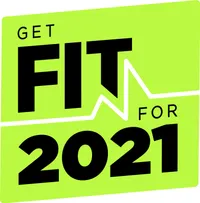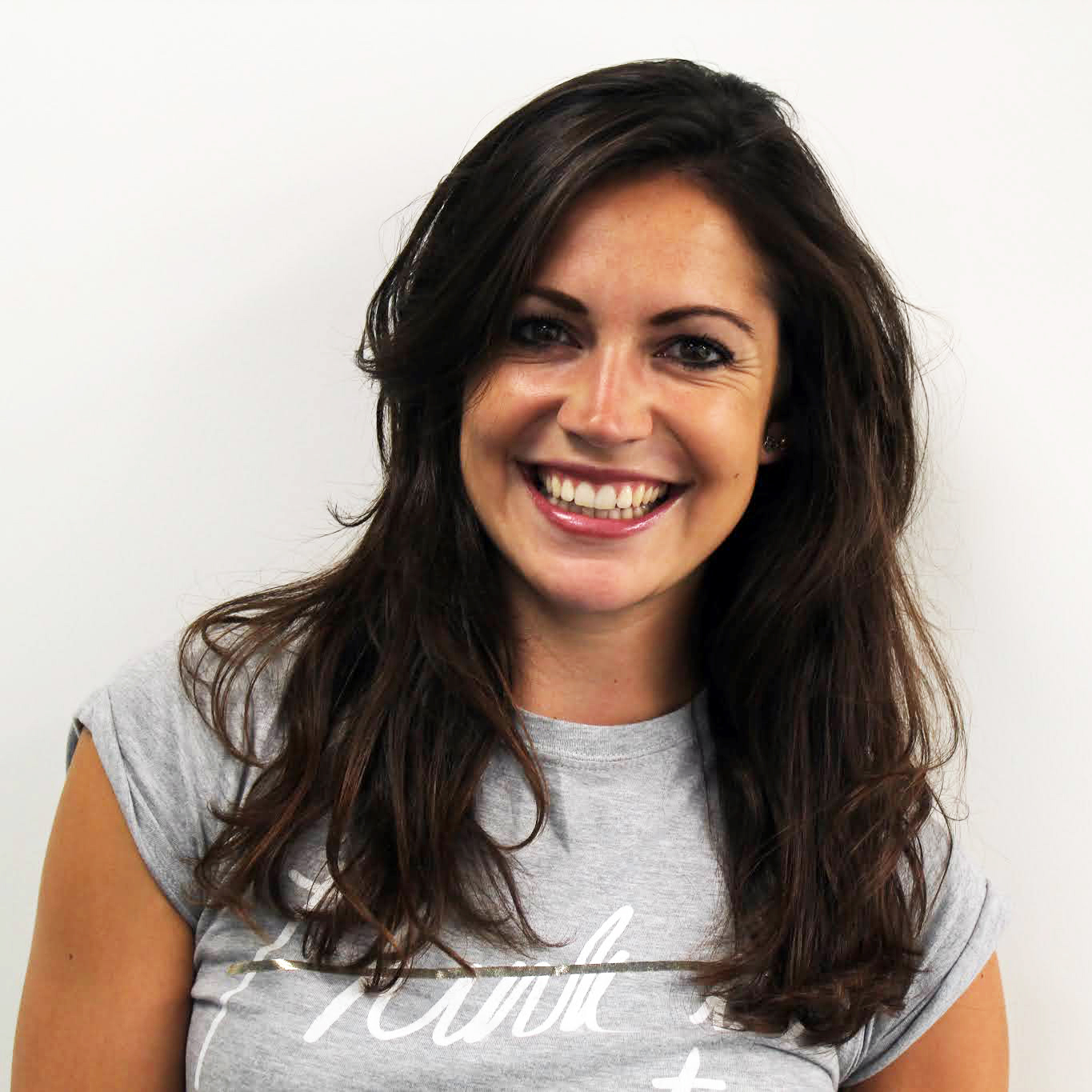Veganuary: 6 easy ways to eat enough protein on a vegetarian or vegan diet
Worried about getting enough protein on a veggie or vegan diet? It's not hard if you know how...


Often, we might struggle to eat more protein on a veggie or vegan diet. Typically, we associate protein with meat, dairy and animal products, whereas vegetarian diets don't allow for much in the way of these, whilst vegan diets avoid them altogether in favour of a plant-based approach to eating.
But there are plenty of other ways that veggies and vegans can ensure they get enough protein, as a slew of the best vegan cookbooks have demonstrated - and as we set out in more detail below.
But first things first - just why is protein so important?
- Best protein powder for weight loss: kick-start your diet goals
- How to eat healthily (without depriving yourself)
- How to lose weight over 50: expert-approved advice
Holland & Barrett nutritionist Emily Rollason explains that protein plays an important role in maintaining a healthy, balanced diet.
‘Made up of amino acids, protein is responsible for building muscle, bone and skin. Every cell in your body contains protein and it’s vital for many functions such as repairing tissue and producing new blood cells, as well as production of hormones to name only a few.’
She adds: ‘Because of this, it also benefits the body by aiding with recovery after an injury or intense workout and reduces muscle loss.’
Emily explains that protein is a ‘macronutrient’, which means the body needs large quantities of it to provide energy to the body and to stay healthy.
Start your week with achievable workout ideas, health tips and wellbeing advice in your inbox.
‘As the body doesn’t store protein, it’s important to get it from your diet. It comes from a number of sources including meat, fish, beans, soy and eggs.’
What is the difference between animal and plant protein?
‘The main difference between animal and plant protein is their amino acid content,’ says Emily.
‘The body breaks down the larger protein molecules, into the smaller amino acids during digestion. There are around 20 amino acids commonly found in food, and there are 8 specific amino acids that adult humans need that can only be provided by the diet – known as essential amino acids. Some amino acids can be synthesised in the body, and these are known as non-essential amino acids.’
Animal protein is complete, meaning that it contains all of the essential amino acids. It also tends to contain higher amounts of amino acids/ protein over plant-based protein sources; it has what we call a higher biological value than plant-based sources, which means we can absorb and utilise the proteins more readily.
When it comes to plant-based proteins, Emily explains that whilst these may still have the amino acids that the body requires, the levels of amino acids are considerably lower than those of animal protein.
‘In some circumstances, a mixture of different types of plant-based proteins may be required to receive all of the essential amino acids and may increase the biological value – so if you eat a mainly plant-based diet, try mixing grain based proteins with beans or pulses for instance.’
Although you might think getting enough complete protein through a vegan diet is tricky, Emily says that ‘a sufficient amount of protein can be obtained from a vegan diet, as there are a lot of plant-based foods that are good sources of protein’. Planning meals ahead of time can ensure you achieve this.
How to eat more protein on a veggie or vegan diet
- Opt for soya
Soya is a great vegan and vegetarian protein source. The soya bean is a legume, used to make tofu, soya milk and fermented soya products such as tempeh. As an example, 100g of tofu contains a healthy 8g of protein, so when mixed with other veggie and vegan protein sources, it can contribute towards a good dose of muscle-boosting protein.
A post shared by Tamsin | Cupful of Kale (@cupfulofkale)
A photo posted by on
- Meat swaps
If you miss the taste or texture of meat, or you’re a meat-eater looking to incorporate some meat-free days into your week, then you’re in luck as a wealth of meat taste-alikes are available. Brands such as Quorn make great basics such as vegetarian mince and nuggets, whilst newer groundbreaking brands such as Beyond Meat and The Vegetarian Butcher do great protein-rich meat-alternatives products that mean you can continue to enjoy tacos, meatballs and burgers - just without the meat.
A post shared by Beyond Meat (@beyondmeat)
A photo posted by on
- Stock up on protein powder
If you’re training hard and keen to maintain or even build muscle mass, you may have a slightly increased protein requirement. To cater to this need, Emily suggests adding vegan protein powder to your diet. ‘Adding a scoop to your morning smoothie or oatmeal is a great way to boost your protein intake.'
Vegan options include Garden of Life Raw Organic Fit Powder and Bulk Powders Super Pea Protein Isolate - both options on our list of the best protein powders for women.
- Add pulses to pretty much everything
Think lentils, chickpeas, beans and peas, which not only pack in healthy amounts of digestion-boosting fibre, but good amounts of protein too! And handily, they work in just about any meal. Opt for lentil stews, chickpea salads and dollops of hummus on a baked potato, or else throw beans into soups and even smoothies. Pro tip: black beans make a great addition to brownies and bakes. Yes, really!
- Snack on nuts and seeds
Although they’re high in fat, nuts and seeds also contain some protein, particularly walnuts, cashews, pumpkin seeds and chia seeds.
Try sprinkling seeds over porridge, or adding chopped nuts to salads. A handful of nuts is also a great afternoon snack option, to fend off those sweet cravings!
A post shared by Vegan Health Hub (@veganhealthhub)
A photo posted by on
- Eggs and dairy for veggies
‘Vegetarians can eat the same foods as vegans, but they can also add eggs and dairy products to their diet for extra sources of protein,’ says Emily.
‘Dairy products like Greek yoghurt, Skyr and cheddar or cottage cheese contain a high amount of protein and are easy to add to everyday meals such as muesli and smoothie bowls for the yoghurt or pasta dishes, jacket potatoes, or as a snack with rice cakes for the cheese.’
She adds that eggs are a really easy food to prepare for a nutritious meal with high protein, and can be used for many breakfast foods to start the day right.
Get Fit for 2021 with Fit&Well
As the sun rises on a brand new year, Fit&Well is here to help put last year behind you and make 2021 your happiest, healthiest yet. Here at fitandwell.com, we’ll be bringing you a wealth of workouts, diet plans and expert advice throughout January to help kick-start your health and fitness goals.
Lucy is a freelance journalist specializing in health, fitness and lifestyle. She was previously the Health and Fitness Editor across various women's magazines, including Woman&Home, Woman and Woman’s Own as well as Editor of Feel Good You. She has also previously written for titles including Now, Look, Cosmopolitan, GQ, Red and The Sun.
She lives and breathes all things fitness; working out every morning with a mix of running, weights, boxing and long walks. Lucy is a Level 3 personal trainer and teaches classes at various London studios. Plus, she's pre- and post-natal trained and helps new mums get back into fitness after the birth of their baby. Lucy claims that good sleep, plenty of food and a healthy gut (seriously, it's an obsession) are the key to maintaining energy and exercising efficiently. Saying this, she's partial to many classes of champagne and tequila on the rocks whilst out with her friends.

